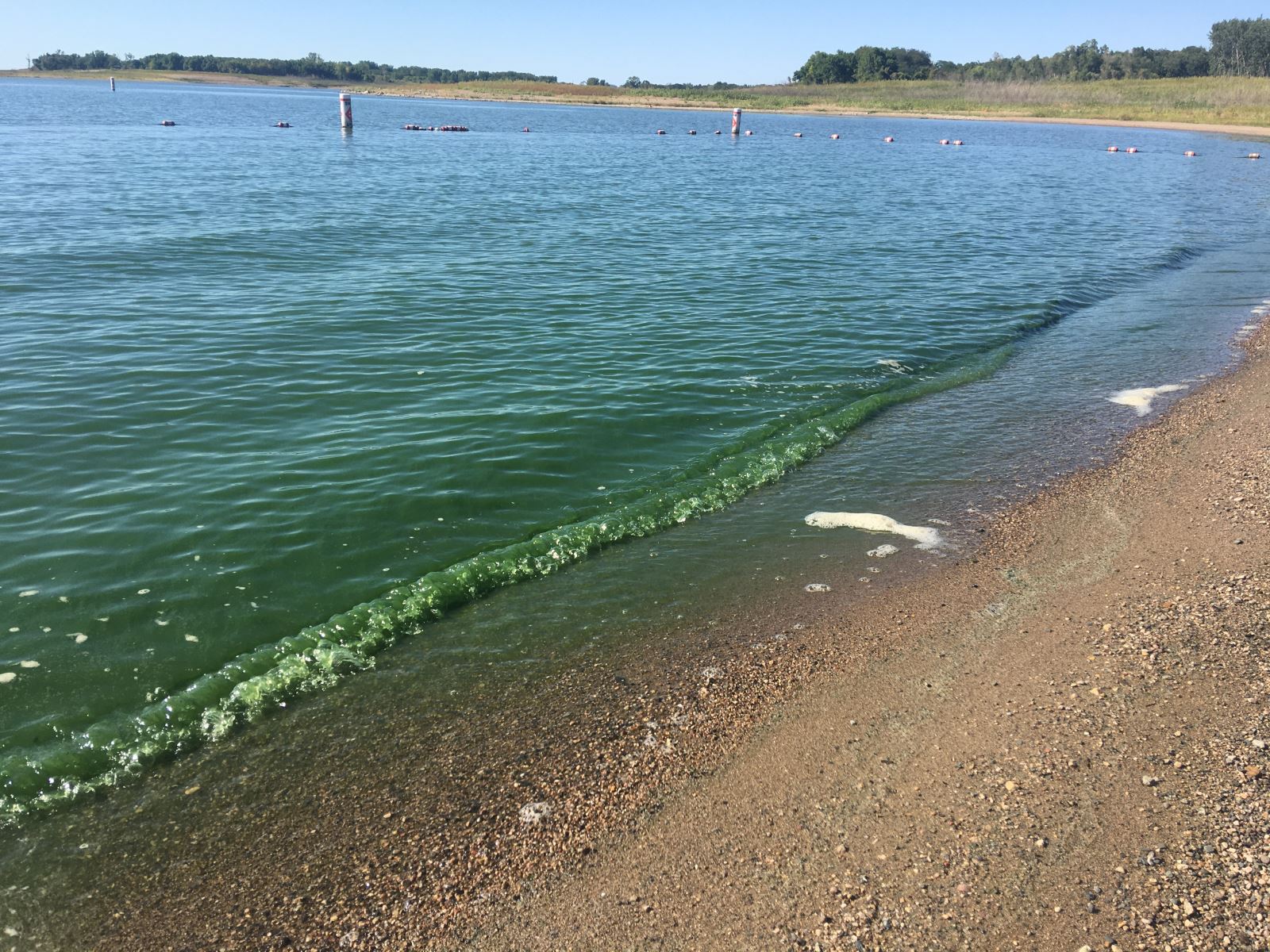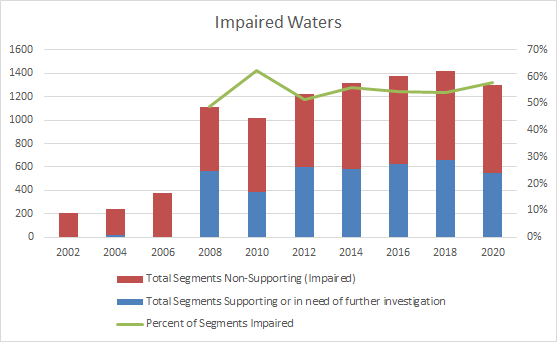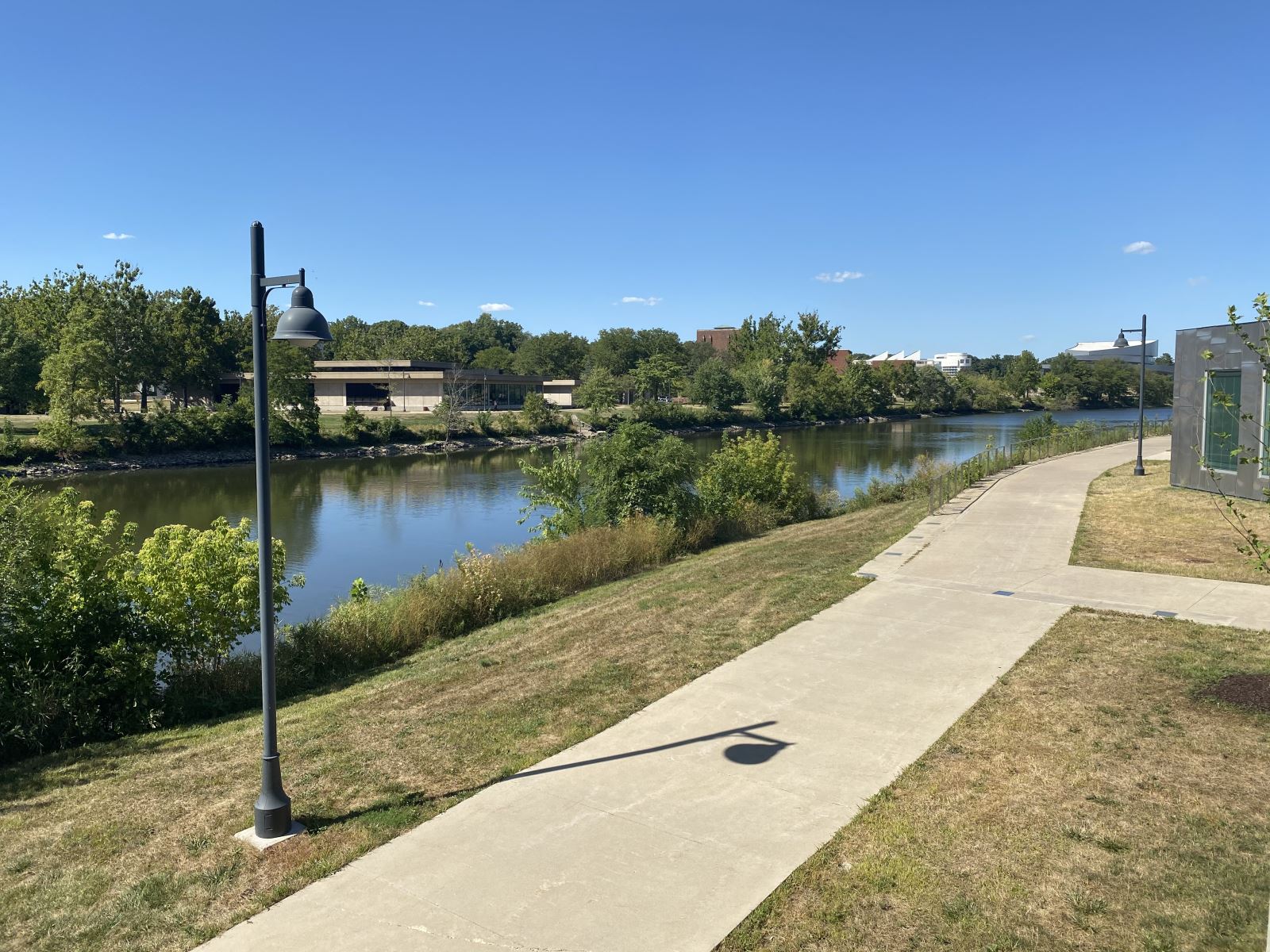2020 Impaired Waters List in Iowa: Concerning Trends Continue
posted
on Tuesday, December 1, 2020
in
Water and Land News
Des Moines, IA – The Iowa Department of Natural Resources (IDNR) released the draft 2020 303(d) Impaired Waters List for the state of Iowa on Tuesday, December 1, 2020. The report, required by the Clean Water Act to be completed on April 1 of even-numbered years, is a compilation of data spanning a five-year window of 2014-2018.
 The report finds that of the waters tested by IDNR staff for the 2020 report, 58% have impairments. This is the highest percentage of impairments in a decade. “It’s disheartening, and quite frankly wrong, that more than half of the streams, lakes, and rivers in Iowa aren’t suitable for one or more of their intended uses, whether that’s swimming, fishing, or drinking,” said Alicia Vasto, Water Policy and Advocacy Specialist with the statewide non-profit Iowa Environmental Council. “Iowans are losing more and more access to their precious natural resources every year.”
The report finds that of the waters tested by IDNR staff for the 2020 report, 58% have impairments. This is the highest percentage of impairments in a decade. “It’s disheartening, and quite frankly wrong, that more than half of the streams, lakes, and rivers in Iowa aren’t suitable for one or more of their intended uses, whether that’s swimming, fishing, or drinking,” said Alicia Vasto, Water Policy and Advocacy Specialist with the statewide non-profit Iowa Environmental Council. “Iowans are losing more and more access to their precious natural resources every year.”
The 2020 report lists 1,300 waterbody segments assessed with 750 impairments. That compares to 1,422 segments assessed with 767 impairments in 2018 and 1,378 assessed segments with 750 impairments in 2016.

Impairments can include E.coli bacteria (an indicator bacteria that typically means other pathogens are present), turbidity (water clarity), pH, fish kills, or algae. When a waterbody is added to the Impaired Waters List, the state is required to prepare a total maximum daily load plan, or TMDL. The TMDL provides a plan for reducing the causes of the impairment and returning the waterway to a state that can meet its intended use. Waterbodies are categorized for an ‘intended use,’ such as a drinking water source, recreation, or other needs.
The DNR reported several positives in their analysis: an overall two percent decrease in impairments without a TMDL and the delisting of 99 impairments, but IEC once again noted that previously identified concerns continue.
“Just like the 2018 Impaired Waters List, we don’t see an improvement in the overall impairments of segments assessed,” said Vasto. “And while the report touts the lower number of impairments, there were also fewer assessments done overall. The percent of impaired waterways of those assessed has actually increased.”
 The 99 segments delisted came primarily from the 2017 completion of a TMDL for the Iowa River Basin. Those segments were merely moved from a Category 5 (impaired) to a Category 4 (TMDL completed but still impaired), rather than reflecting cleaner water. It will take 10 or more years for the TMDL to be implemented and the changes to have a positive impact on the water quality.
The 99 segments delisted came primarily from the 2017 completion of a TMDL for the Iowa River Basin. Those segments were merely moved from a Category 5 (impaired) to a Category 4 (TMDL completed but still impaired), rather than reflecting cleaner water. It will take 10 or more years for the TMDL to be implemented and the changes to have a positive impact on the water quality.
“This report shows once again that we’re holding a status quo on poor water quality in Iowa. State policy relies on voluntary measures to address water quality, and we have seen time again that improvements are not being made at the pace and scale necessary to address Iowa’s water quality problems. We need to increase resources accountability for water quality improvement in the state. The state should implement numeric criteria for nutrient pollution and have the tools and resources to enforce those measures.
"The current system of voluntary compliance isn’t working, and it is a disservice to communities across the state. It’s time to make mandatory requirements while still advocating for flexibility for individuals to meet the required measures,” said Ingrid Gronstal Anderson, Water Program Director with the Iowa Environmental Council.
“The Council commends the IDNR staff for the tremendous effort they’ve taken in the recent months to catch up on long overdue monitoring reports. Given the continued budget and staff cuts the IDNR experiences, IEC understands some of the delays and will continue to support their efforts and call on state legislators to properly fund IDNR to allow them to expand this important work by assessing more waters and creating TMDLs in a more timely fashion,” said Michael Schmidt, Staff Attorney with IEC.
Iowans are encouraged to read the report, review a searchable database of waterbodies on the list, or view an interactive map at https://programs.iowadnr.gov/adbnet/Assessments/Summary/2020.
Public comments are due to the Iowa DNR at IRcomment@dnr.iowa.gov by December 31, 2020.
Comments can also be mailed to:
Iowa Department of Natural Resources
Attention: IR Comments
Water Quality Monitoring & Assessment Section
Wallace State Office Building
502 East 9th Street
Des Moines, IA 50319
- beach advisories
- clean water
- clean water act
- drinking water
- harmful algal blooms
- microcystin
- nitrate pollution
- nutrient reduction strategy
- phosphorus pollution
- public beaches
- public health
- toxic algae
- water quality
- water recreation